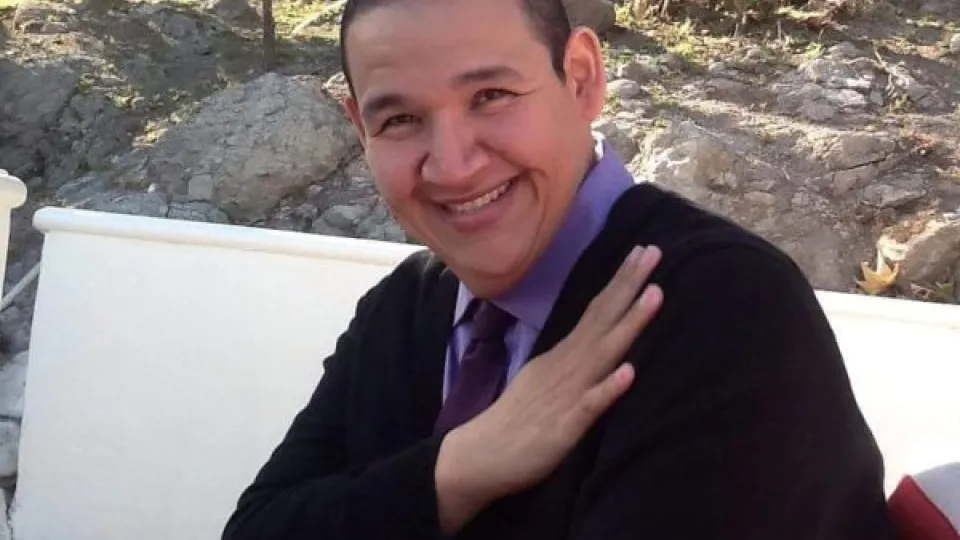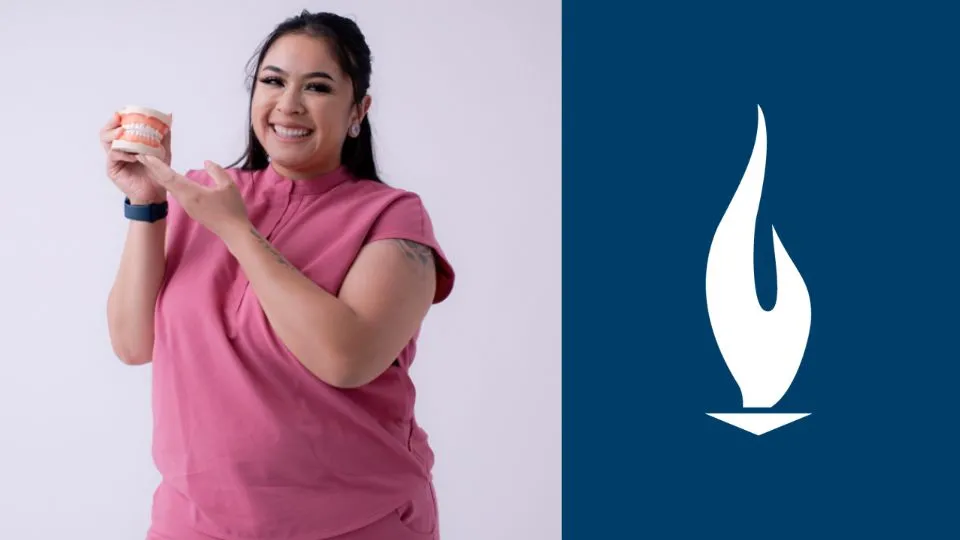
Nurses provide care to patients to help them achieve positive outcomes. When patients face obstacles to health care, such as language barriers, nurses use different methods to ensure they provide high-quality care. According to the U.S. Census Bureau, nearly 1 in 5 people in the country speak a language other than English at home. While English remains the primary language in many regions of the country, approximately 8.3% of U.S. residents speak English less than "very well," according to Census data.
It's important for health care facilities, such as hospitals and clinics, to break down language barriers in nursing to deliver equal and accessible treatment to patients. When nurses and patients understand each other, it leads to a higher quality of care, fewer complications, and improved satisfaction. Patients are able to explain their symptoms and pain levels, and nurses may use this information to provide effective care. This guide explores the impacts of language barriers with six tips to help nurses communicate effectively with all patients.
Impact of language barriers in nursing
Effective communication is essential for nurses to provide high-quality patient care. An article in the online RN Journal identified the following impacts of language barriers on patient safety:
- Medication errors: When a nurse and a patient don't speak the same language, a patient may be unable to verify their personal information, leading to errors in administering medications. Nurses may also be unable to provide patient education about medications or treatments.
- Flawed assessments: If patients can't describe their pain levels to a nurse, it may lead to flawed assessments and a higher risk of ineffective treatments.
Lack of follow-up: A patient who can't understand nurses and other health care professionals may be less likely to attend supplemental appointments or stick to their treatment plan. In the long term, a lack of follow-up may result in a negative impact on a patient's physical health and quality of life.
Tips to improve nurse-patient communication
While language barriers may have significant effects on nursing care, there are ways nurses could improve communication with patients who speak languages other than English. Consider these six tips to reduce communication barriers and improve nurse-patient communication.
Download a translation app

There are many apps available for nurses to use to communicate with people who speak other languages. It's helpful for nurses to download a translation app to communicate with non-English speaking patients. These technologies work best in situations where the nurse and patient mostly understand each other. For example, if a patient speaks English as a second language but finds it difficult to describe their level of pain, a nurse may use a translation app to understand exactly what they are saying.
While there are numerous translation apps available, here are some common ones that could be helpful in health care settings:
- Google Translate: This app supports the translation of words or phrases in over 100 languages. Users are able to speak, type, or take a photo and receive instant speech translation. It's available to download on both iTunes and Google Play.
- SayHi: The SayHi app allows users to record their voice, and the app translates the word or phrase into a selected language. Users may also type their messages in the app rather than speak. It's available on iTunes and Google Play.
- Microsoft Translator: This app translates text, voice, and photos into over 70 languages. A split-screen mode allows two people to have a bilingual conversation. It's available on both iTunes and Google Play.
Related: How Technology Has Advanced Health Care
Avoid asking family members to translate
Some patients with limited English proficiency may bring family members or friends to medical appointments to act as their translators. Nurses should avoid asking family members to translate for the patient whenever possible. The family member or friend may be unfamiliar with medical terminology, which might lead to inaccurate translations. They may also be uncomfortable sharing the patient's personal information and refrain from speaking openly. In these situations, it's helpful for the nurse to use another method of communication, such as asking a medical interpreter to translate.
Learn another language
Learning another language could help nurses address disparities for patients who speak other languages. When nurses are fluent in a different language prevalent in their geographic region, it may help them communicate effectively with many of the patients they're treating. Bilingual nurses are able to speak openly with patients in their preferred language to encourage them to share information, resulting in more effective medical treatments.
Complete training
It's helpful for bilingual nurses at medical facilities to receive training on how to communicate with patients who speak other languages. A health care facility may offer classes or programs to teach nurses about cultural differences or nonverbal cues that may affect communication. Some facilities may even offer opportunities for bilingual nurses to pursue careers as certified medical interpreters to improve the level and quality of bilingual communication with patients.
Use medical interpreters
Medical interpreters are professionals who offer translation services for health care providers. These interpreters typically have fluency in two or more languages. They also have knowledge of medical terminology and standard health care practices, such as confidentiality regulations. The use of professional interpreters could be helpful when a health care facility has a large number of patients with limited English proficiency. These interpreters may translate for nurses who regularly care for patients who speak other languages.
Use remote translation
There are also remote translation services that nurses might use. Some medical interpreters offer services over the phone or through video conferencing to help nurses and patients communicate more easily. This type of translation service may be especially helpful in emergency care, such as hospital settings, where nurses and other health care professionals make quick decisions to treat patients. With video conferencing, remote interpreters are still able to make visual assessments and use non-verbal cues to provide effective translations so that nurses are able to deliver a higher quality of care for their patients.
Related: Being Bilingual in Health Care
Train to start your nursing career at Concorde
Are you ready to start training for a career in nursing and have the opportunity to learn how to help patients receive quality care and treatment? At Concorde, you could complete training and prepare for a nursing career in months, not years, depending on the nursing program you're interested in. A practical or vocational nursing program allows you to work toward a diploma in as little as 13 months, while an online RN to Bachelor of Science in Nursing program may take as few as 15 months, depending on your course load. Contact us for more information, schedule a tour, or apply online today.
"What Languages Do We Speak in the United States?", U.S. Census Bureau, https://www.census.gov/library/stories/2022/12/languages-we-speak-in-united-states.html
"People That Speak English Less Than 'Very Well' in the United States," U.S. Census Bureau, https://www.census.gov/library/visualizations/interactive/people-that-speak-english-less-than-very-well.html
"Impact of Language Barriers on Patient Safety," RN Journal, https://rn-journal.com/journal-of-nursing/impact-of-language-barriers-on-patient-safety
Take The Next Step Towards a Brighter Future
We have a Concorde representative ready to talk about what matters most to you. Get answers about start dates, curriculum, financial aid, scholarships and more!








